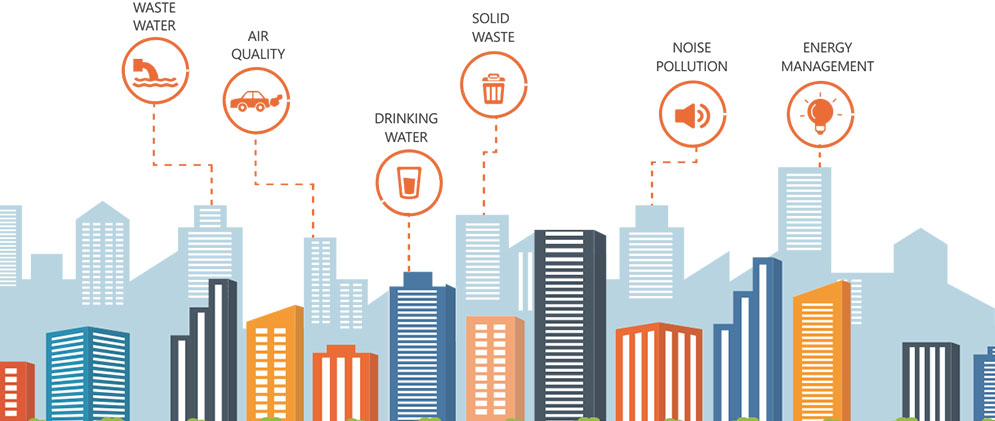Making SENS: Science Education Networks of Sensors
From The Theme
SENSING AND COMPUTING
WHAT IF
What if we could better understand how environmental sensor networks could be used for learning and education?
WHAT WE SET OUT TO DO
We set out to convene a workshop on how environmental sensor networks could be used for learning and educational purposes at the pre-college and college levels. The workshop focused on requirements analysis and design, leveraging work by Stanford faculty and leaders in the field who are using sensors and probes in science education at multiple educational levels, in both not-for-profit organization research and industry.
WHAT WE FOUND
A small group of leaders from research, industry, and education convened in a one-day workshop at Stanford’s Center for Innovations in Learning (SCIL) to brainstorm the use of data probes and communication technologies in the development of innovative science education curricula.
Sample sensor technology involved light, touch and temperature, including cameras and vision sensing, as well as seismic sensors and sensors for NO2, CO2, pollen count, water quality, suspended particles, habitat monitoring, microclimates, and contaminant flow.
The workshop involved discussions of key issues and best practices, as well as group exercises developing educational scenarios leveraging sensor networks to enhance learning content and promote engagement in middle school, high school and college science.
LEARN MORE
H-STAR Institute History
CLICK HERE for the workshop summary inspired by OMRON
PEOPLE BEHIND THE PROJECT
 Roy Pea is the David Jacks Professor of Education and the Learning Sciences at Stanford University, Co-Founder and Faculty Director of the H-STAR Institute, Director of the PhD Program in Learning Sciences and Technology Design, and Professor, Computer Science (Courtesy). Since 1981, Dr. Pea has been exploring how information technologies can support and advance the scientific understanding and practices of learning and teaching, with particular focus on topics in science, mathematics, and technology education and their associated symbolic and communicative interchanges that are integral to learning.
Roy Pea is the David Jacks Professor of Education and the Learning Sciences at Stanford University, Co-Founder and Faculty Director of the H-STAR Institute, Director of the PhD Program in Learning Sciences and Technology Design, and Professor, Computer Science (Courtesy). Since 1981, Dr. Pea has been exploring how information technologies can support and advance the scientific understanding and practices of learning and teaching, with particular focus on topics in science, mathematics, and technology education and their associated symbolic and communicative interchanges that are integral to learning.
